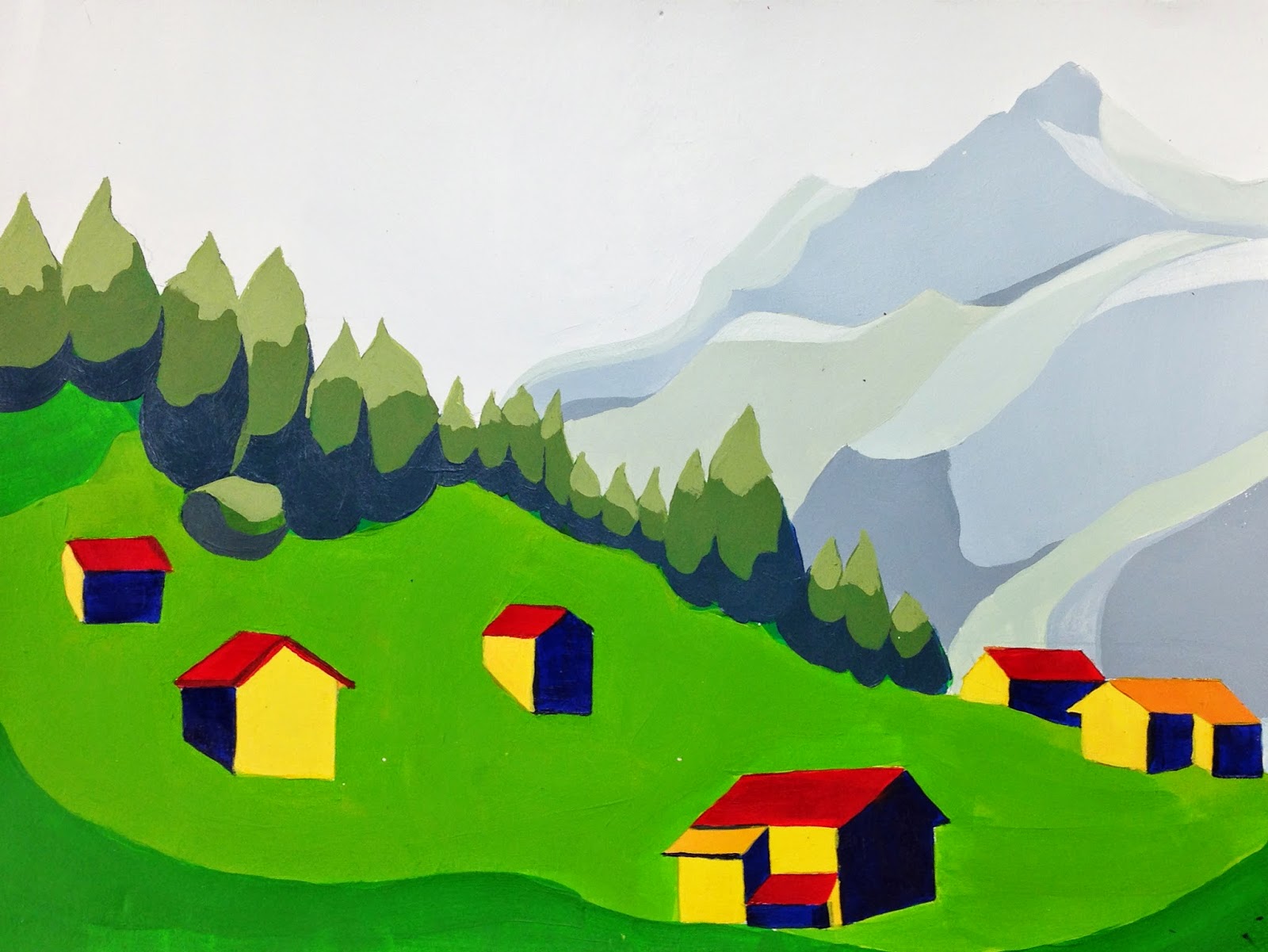Project Description
Create six representational compositions in watercolor and pen that work as a thematic series. You will focus on your exploration with the watercolor medium to produce a group of six (6) small paintings addressing the idea of place, and using the following starting points.:
- Architecture (urban, suburban, rural)
- Landscape/Seascape
- Botanical/Biological
All six paintings must work together to communicate your idea regarding place. This can be literal, or conceptual.
Examples of literal places include: your yard, south beach, fairchild tropical gardens, a vacant lot in your neighborhood, etc
Examples of conceptual places include: the idea of home, the idea of nature, the point where man and nature collide, the idea of country/patriotism, etc.
Rubric
You will be evaluated on the following:- 25 pts- Homework/creative process (Thumbnails, comprehensives, title, theme)
- 30 pts- Quality of Compositions (Design Elements, focal points, eye movement)
- 30 pts- Quality of Painting/Rendering (Craftsmanship, technique)
- 15 pts- Concept/theme (communication of your idea)
Process
Class Day one-
Four full pages of thumbnails 2" x 3"
12 comprehensives (full color) 4"x 6"
6 final compositions (hard pencil) 4" x 6"
(Finish the above for Homework, and start on your paintings at home)
Class Day Two-
Final Day of Painting.
Due at end of class. Monday, May 4th- Samimy. Tuesday, May 5th Lambert
Examples
Look up watercolor artists. Start with William Turner watercolor studies.



















